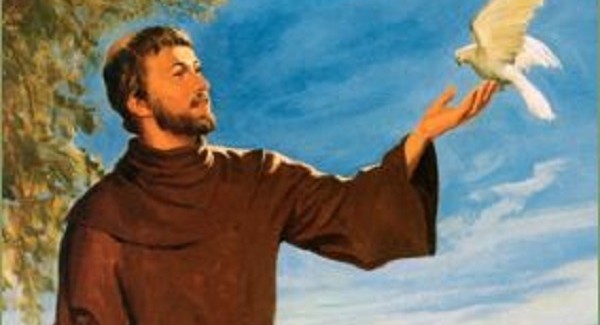The new and extraordinary miracles of San Francesco d'Assisi
The recent miracles of San Francesco: extraordinary discovery regarding the life of San Francesco. An ancient manuscript has been found which represents the second testimony of the life of St. Francis, after the first, official, written by Tommaso da Celano. In this new volume, attributable to Tommaso da Celano himself, not only are some anecdotes revised, but others are added (including miracles), and a new awareness of the message of Francis is read between the lines.
Medievalist historian Jacques Dalarun had been on the trail of this book for seven years, as many fragments and indirect evidence led him to believe that the first official life of Francis, drawn up by Tommaso da Celano in 1229 by order of Gregory IX, and the second official life, dated 1247. This intermediate version, dating from 1232 to 1239, meets the needs of synthesis that followed the excessive length of the First Life.
The manuscript has gone private for hundreds of years. It was reported to Jacques Dalarun by a friend of his, Sean Field, according to whom a booklet that might have been of serious interest to the historian was about to be auctioned. The presentation of the booklet by the scholar Laura Light, however, had highlighted the potential historical interest of the manuscript and a detailed description of the recent miracles of San Francesco.
Therefore Dalarun called the director of the Manuscripts department of the National Library of France, and urged her to purchase that booklet to avoid continuing her tour among wealthy individuals. The book was then purchased by the National Library and made available to the French scholar, who immediately understood that it was a work by the official biographer of San Francesco: Tommaso da Celano.
The format of the manuscript is very small: 12 by 8 centimeters, and was therefore intended for pocket use by the friars, who could use it as a source of inspiration for prayer or speeches. The historical interest of the booklet is remarkable: it tells of various episodes from the life of San Francesco, for about an eighth of its length. After that the author's comments and reflections begin, which extend for about seven eighths of the work.
Among the revised episodes is that in which Francis travels to Rome not to testify the Word of God, but for commercial affairs. On that occasion he came into direct contact with the poor of the city, and wondered what he could never miss, to fully understand the experience of poverty, without reducing himself to just talking about it. The ideal solution was to live like them, and practically share their difficulties.
An example is provided by the same book. When the habit of San Francesco broke, tore, or pierced, Francesco did not repair it by sewing it with a needle and thread, but by weaving tree bark, embedded leaves, or grass stalks on the hole or on the tear. Then there is the story of a new miracle concerning a dead child, resurrected immediately after his parents asked the Saint of Assisi for an urgent intercession.
